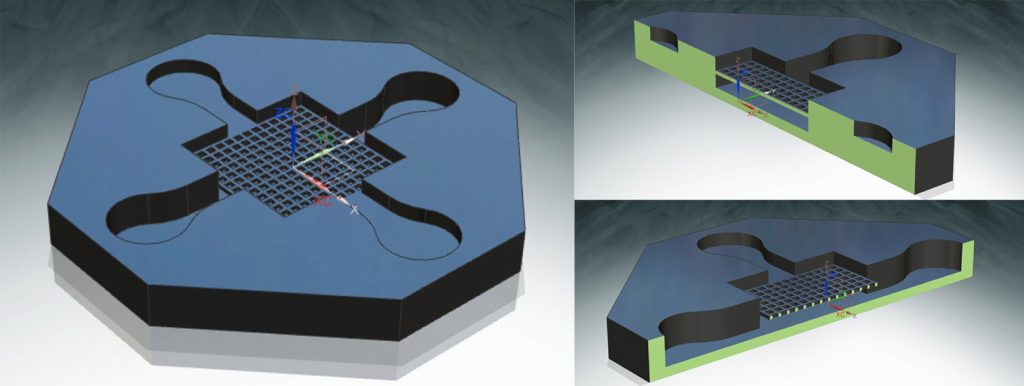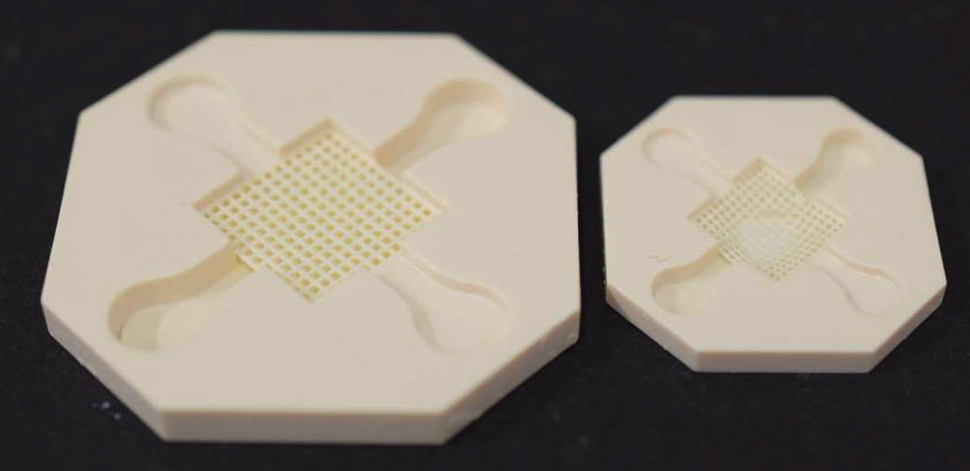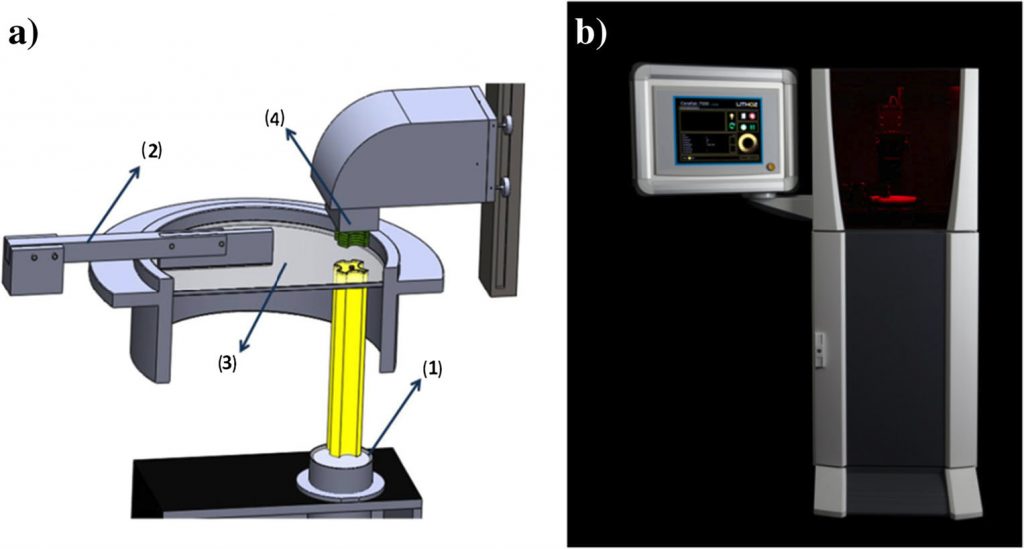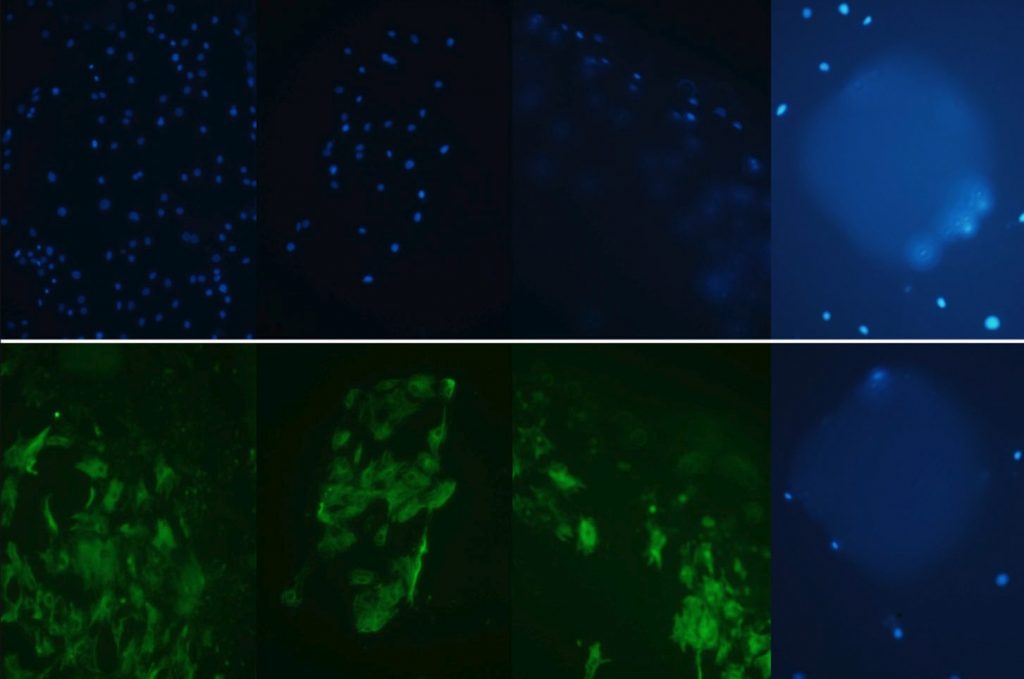A ceramic device for disease diagnosis and drug testing has been 3D printed by a team of scientists in Madrid and Vienna.
According to the researchers, the chip is “one of the most remarkable examples” of its kind.
It opens up the potential of ceramic materials for use in organ-on-a-chip testing devices that can be used in place of animals or petri dish samples.
International collaboration
Josefa Predestinación García-Ruíz of the Universidad Autónoma de Madrid, Spain, is lead author of the paper describing ceramic lab-on-a-chip research.
With a team of researchers from the Universidad Politécnica de Madrid and Lithoz GmbH, Austria, García-Ruíz demonstrates the design of an octagonal chip that can be 3D printed by means of lithography.
Making a model blood vessel
Replicating blood vessels is the main goal of an organ-on-a-chip type device. As such, the eight-sided chip from García-Ruíz at al. is designed with four channels and inlets.

These compartments can be used to introduce multiple types of cells and gradually build-up tissue as it would exist in the body.
A grid membrane is also placed at the center of the chip, creating a well at the bottom of the device. In experimentation, cells show good adhesion to the grid, meaning it could be used as a bio scaffold to grow a larger mass of tissue.

Researchers explain, “Such a design may enable the in vitro development of several types of tissue models or physiological interactions using just a single and versatile multi-well, multi-channel and multi-layer microfluidic platform.”
Sinter to finish
Once finalised, the chip is printed in ceramic using a CeraFab 7500 machine from Lithoz GmbH.
Ceramic material in the CeraFab 7500 is mixed with a photopolymer that makes it solidify on contact with light.

This lithography technique, according to García-Ruíz et al., is “the additive manufacturing technology which currently provides the most appealing compromises between overall part size and precision when working with ceramic materials.”
After printing, the ceramic device is sintered to fuse its particles together. As a single solid piece, the fabricated chip prevents leakage of valuable live material added for medical studies.
This monolithic design is one advantage over typical mass produced devices of this kind. Ceramic is also superior in strength, and more resistant to high temperatures than glass or plastic.

Cell to cell
When added to the device cells remain viable in both the wells and the grid, providing validation needed for medical possibilities.
The authors state, “The microsystem obtained provides one of the most remarkable examples of monolithic bio-microsystems and, to our knowledge, a step forward in the field of ceramic microsystems with complex geometries for lab-on-chip and organ-on-chip applications.”

“Cell culture results help to highlight the potential of the proposed approach and the adequacy of using ceramic materials for biological applications and for interacting at a cellular level.”
The paper discussed in this article is published open access in the International Journal of Advanced Manufacturing Technologies.
Looking for medical researchers? Sign up to our 3D printing jobs site now.
Stay up to date with all the latest 3D printing related research with 3D Printing Industry on Twitter and Facebook. Sign up to our newsletter here.
Featured image: A 3D printed ceramic medical device with cent for scale. Photo via The International Journal of Advanced Manufacturing Technology



